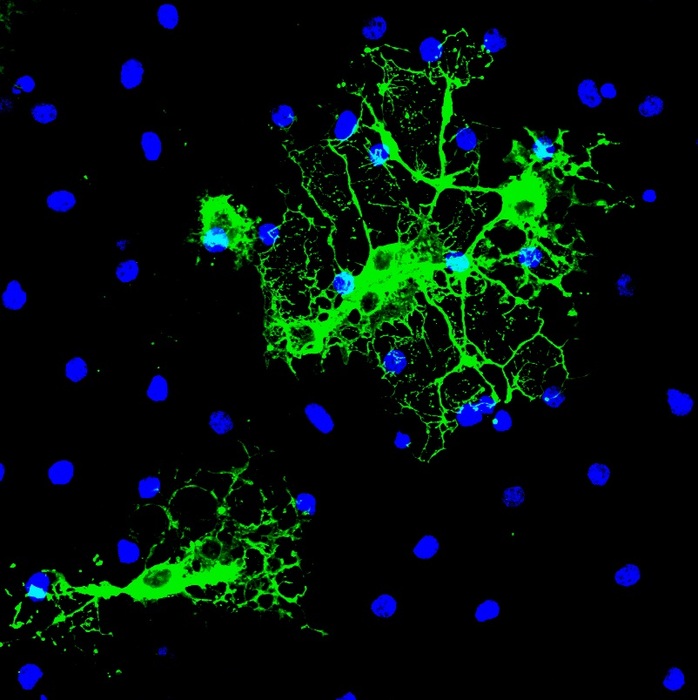A new way has been found that could reduce the neurological damage of multiple sclerosis: it aims to regulate the altered metabolism of oligodentrocytes, the cells of the nervous system responsible for the production of myelin, the lipid sheath that surrounds the extensions of neurons favoring the transmission of nerve impulses.
This was discovered by researchers from the State University of Milan, thanks to a study funded by the Italian Multiple Sclerosis Foundation (Fism) and published in the journal Cells.
The research group, led by Maria Pia Abbracchio, has been working for years to clarify the crucial role of the GPR17 receptor, which is found on the surface of oligodendrocyte precursors (Opc).
This receptor, expressed in large quantities in immature cells, is turned off at some point in differentiation to allow the oligodentrocytes to mature and become capable of producing myelin.
If the shutdown is not done properly and the receptor continues to be expressed at high levels, there is an inability to repair damage to myelin, a problem shared by several neurological diseases including multiple sclerosis.
To find out which molecular mechanisms are altered by the insane receptor, the researchers reproduced the physiological shutdown of GPR17 in a test tube, evaluating the consequences on the metabolic and lipid profile at the different stages of maturation of the precursors of the oligodentrocytes.
They found that the shutdown of the receptor induces a powerful rearrangement of glucose metabolism that leads to an increase in extracellular levels of lactate (which is like fuel for neurons).
In addition, changes in the levels of particularly abundant lipid molecules in myelin were observed.
According to the researchers, the use of drugs directed against GPR17 could counter the metabolic dysfunctions associated with demyelinating diseases such as multiple sclerosis.
The same metabolic and energetic mechanisms regulated by GPR17 could become targets for improving wound repair in multiple sclerosis.







/cloudfront-eu-central-1.images.arcpublishing.com/prisa/K6S6W4EXJ5BQTOJZKVLQCIZDQY.jpg)

